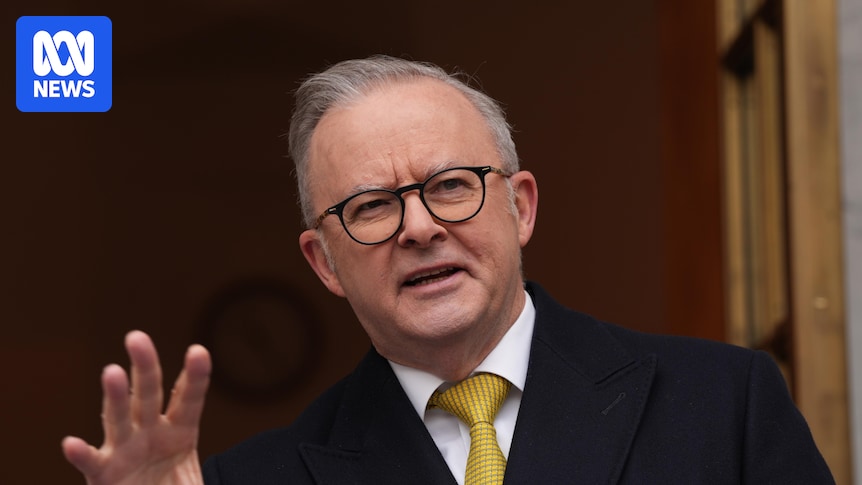
Prime Minister Anthony Albanese is heading to a pivotal summit in Asia where the region’s response to former U.S. President Donald Trump’s tariffs will be prominently displayed. This comes on the heels of Albanese’s strategic visit to Indonesia shortly after his election victory in May, signaling Australia’s renewed commitment to regional engagement.
Albanese’s early visit to Indonesia was not only a diplomatic gesture but also an opportunity to brief Indonesian President Prabowo Subianto on Australia’s plans for a significant mutual defense treaty with Papua New Guinea. This treaty, announced earlier this month, involves up to 10,000 PNG soldiers joining Australian defense forces, underscoring the importance of regional security cooperation.
Strengthening Ties with the United States
Albanese’s recent visit to Washington marked a significant milestone in Australia’s foreign policy. After months of anticipation, the meeting with U.S. President Joe Biden yielded positive outcomes, including a reaffirmation of the AUKUS security pact. This agreement positions Australia as a more independent partner, contributing valuable resources like rare earths to the alliance.
This shift in Australia’s stance aligns with changing perceptions of Trump, both domestically and internationally. While Trump’s focus has shifted to global hotspots like Ukraine and Gaza, his upcoming visit to Asia, including stops in Malaysia and South Korea, will test his diplomatic agility.
China’s Growing Influence in the Region
As Trump navigates the complexities of regional discussions, he faces China’s formidable presence under President Xi Jinping. The dynamics differ significantly from other global conflicts, with a trade war initiated by Trump overshadowing military tensions. Despite previous silence on Taiwan, Trump recently expressed optimism about U.S.-China relations, downplaying the likelihood of conflict.
However, Trump’s unpredictable nature leaves room for uncertainty. His visit to Malaysia for the ASEAN summit, primarily seen as a precursor to his meeting with Xi, underscores the region’s economic focus. The ASEAN leaders will review a task force report assessing the impact of U.S. tariffs, which could devastate regional economies.
Shifting Trade Dynamics
ASEAN, often underestimated for its loose structure, is grappling with the fallout from Trump’s tariffs. These measures have disproportionately affected smaller economies with strong ties to China. The task force, led by Malaysia and Indonesia, aims to establish a unified regional stance in response to these challenges.
In the first eight months of 2025, China’s exports to ASEAN reached $434.1 billion, a 14.7% increase year-on-year, while exports to the U.S. declined by 15.5% to $283.0 billion.
This shift in trade flows highlights the strengthening economic ties between ASEAN and China, spurred by Trump’s tariffs. Chinese firms are establishing manufacturing facilities in ASEAN countries, fostering closer regional integration.
Australia’s Role in the Evolving Economic Landscape
Australia, a signatory to the Regional Comprehensive Economic Partnership (RCEP), stands to benefit from these shifting dynamics. The RCEP, a free trade agreement encompassing several regional countries, is gaining traction as nations seek alternatives to U.S.-centric economic models.
Albanese’s presence at the summit signifies Australia’s commitment to navigating these complex economic relationships. As ASEAN and China prepare to sign an upgraded free trade agreement, Australia’s strategic positioning within the RCEP framework becomes increasingly crucial.
As the summit unfolds, Albanese’s diplomatic efforts will be closely watched, offering insights into how Australia and the region adapt to the evolving global economic landscape.







